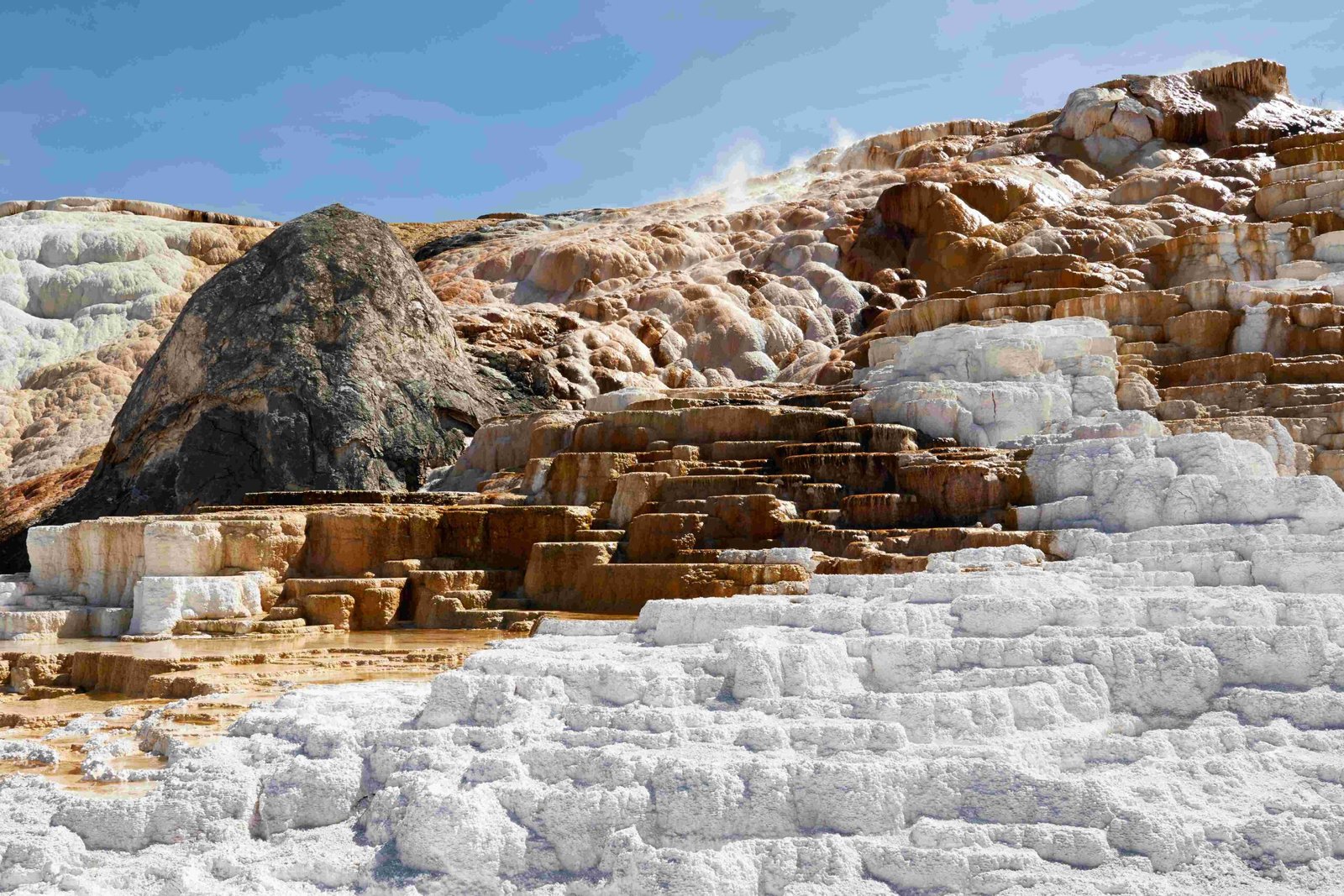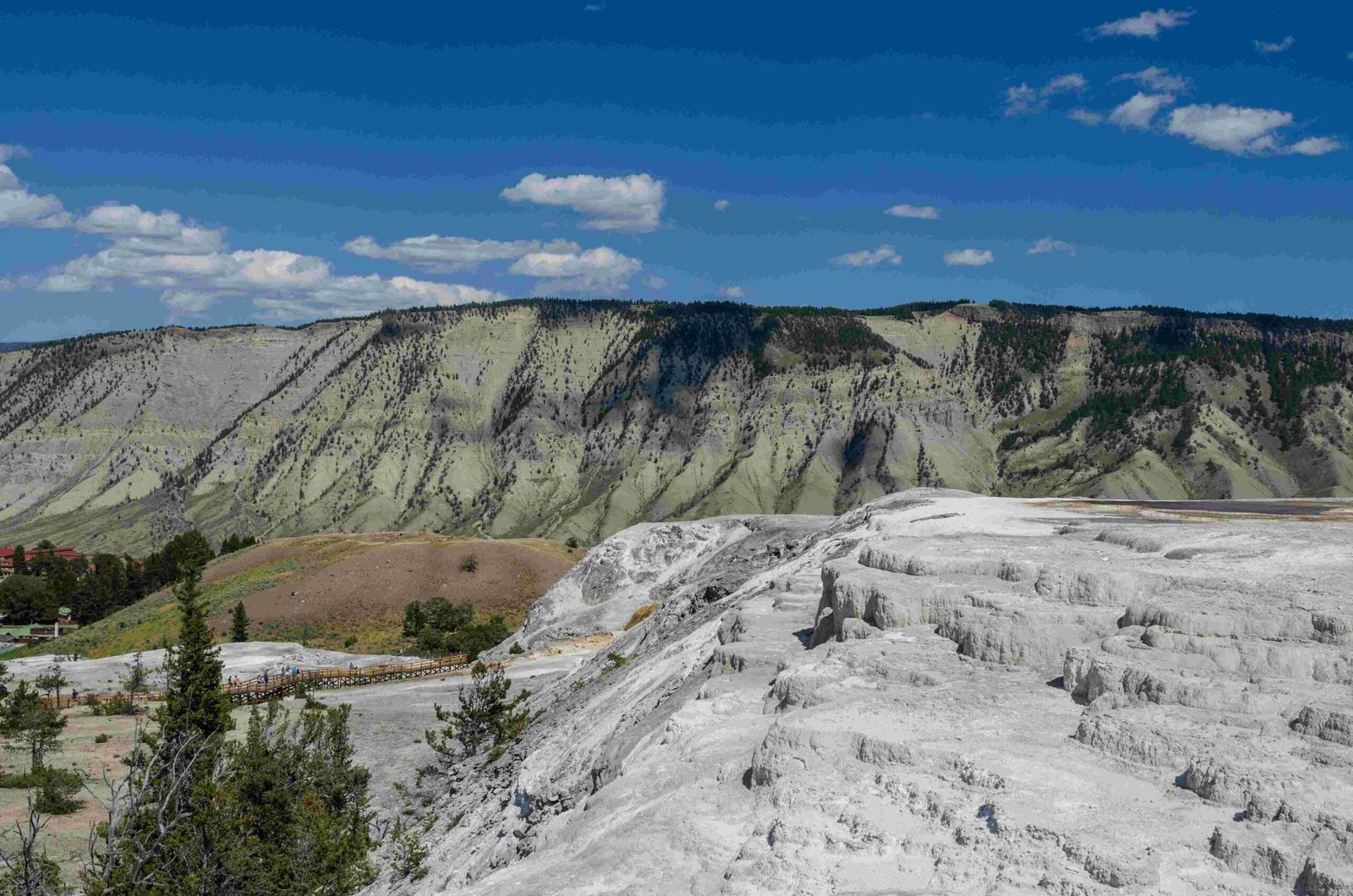Yellowstone National Park is renowned for its majestic herds of bison, also known as buffalo. These iconic animals roam freely across the park’s vast landscapes, drawing visitors from around the world. With a population of over 4,800 as of 2023, Yellowstone’s bison herds are a testament to successful conservation efforts and a living link to America’s wild past.
What is the Current Population of Bison in Yellowstone?

As of August 2023, the estimated bison population in Yellowstone National Park stands at 4,830, with a 95% confidence range of 4,550 to 5,125. This number fluctuates seasonally, with the average population over the past five years hovering around 5,130 after calving season. The park manages the bison population to maintain a range between 3,500 and 6,000 animals, as outlined in the new bison management plan.
The bison are primarily distributed into two main herds:
- The northern herd: Averaging 3,819 bison
- The central herd: Averaging 1,156 bison
These numbers represent a slight decrease from previous years due to natural factors and management removals.
Where are the Best Locations to View Bison in Yellowstone?

For visitors eager to witness Yellowstone’s famous bison herds, certain areas of the park offer prime viewing opportunities:
-
Lamar Valley: Often called the “Serengeti of North America,” this expansive valley is one of the best places to observe bison in their natural habitat.
-
Hayden Valley: Another excellent location for bison sightings, particularly during spring and fall.
-
Pelican Valley: A less crowded option that can provide unique viewing experiences for those willing to venture off the main roads.
When is the Best Time to See Bison?
To maximize your chances of seeing bison, consider these timing tips:
- Early morning and late afternoon are peak activity times for bison.
- Spring and fall offer excellent viewing opportunities as bison move between their summer and winter ranges.
- Summer is the busiest tourist season but also provides consistent sightings across the park.
What Behaviors Can Visitors Expect to Observe in Yellowstone’s Bison?
Bison in Yellowstone exhibit a range of fascinating behaviors throughout the year:
- Mating (Rutting):
- Occurs in July and August
- Males engage in competitive displays and fights
-
Best observed in Lamar and Hayden Valleys
-
Feeding:
- Bison are grazers, feeding on grasses and other vegetation
- Feeding patterns change seasonally
-
Winter feeding often involves migration to lower elevations
-
Social Structures:
- Bison live in herds led by older females
- Herds can be quite large with complex social dynamics
-
Park management aims to maintain balanced sex ratios and genetic diversity
-
Seasonal Patterns:
| Season | Behavior |
|——–|———-|
| Spring | Calving season (April-May) |
| Summer | Peak grazing and tourist viewing |
| Fall | Preparation for winter, increased movement |
| Winter | Potential migration out of park boundaries |
How Does Yellowstone Manage Its Bison Population?
Yellowstone’s bison management is a complex process involving multiple agencies and considerations:
- Population Control:
- The Interagency Bison Management Plan (IBMP) aims to keep the population between 3,500 and 6,000 animals.
-
Methods include hunting, culling, and transfers to tribal lands.
-
Conservation Efforts:
- Focus on maintaining genetic diversity and ecological roles
-
Implementation of programs like the Tribal Food Transfer Program and Bison Conservation Transfer Program
-
Visitor Regulations:
- Maintain a safe distance of at least 25 yards from bison
- Strictly prohibit feeding or approaching bison
- Provide educational materials for safe wildlife viewing
What is the Historical Significance of Bison in Yellowstone?
Yellowstone’s bison herds hold immense historical and cultural importance:
- They represent one of the oldest and largest public bison herds in the United States.
- The herd’s history dates back thousands of years in the Yellowstone ecosystem.
- Nearly wiped out in the late 19th century, their recovery is a conservation success story.
- Bison play a crucial role in Native American culture and history.
How Can Visitors Safely Observe Bison in Yellowstone?
To ensure a safe and respectful wildlife viewing experience:
- Maintain a minimum distance of 25 yards from bison at all times.
- Never approach, feed, or attempt to touch bison.
- Use designated pull-outs and parking areas to avoid traffic congestion.
- Observe bison behavior and retreat if animals show signs of agitation.
- Follow all park guidelines and ranger instructions regarding wildlife interactions.
Yellowstone National Park’s bison herds offer visitors a unique opportunity to witness these magnificent animals in their natural habitat. By understanding their behaviors, respecting their space, and appreciating their historical and ecological significance, visitors can enjoy a truly memorable wildlife experience while contributing to the ongoing conservation of this iconic American species.
References:
1. Mountain Journal: Yellowstone Officials Call for Near-Record Bison Removal
2. Buffalo Field Campaign: Yellowstone National Park Bison Population Status Report October 2023
3. Idaho Capital Sun: Yellowstone National Park releases record of decision for new bison management plan

